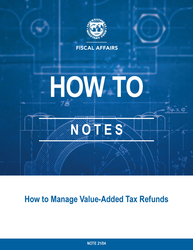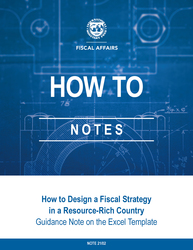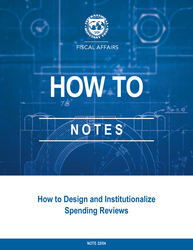
How to Manage Value-Added Tax Refunds
How to Manage Value-Added Tax Refunds
READ MORE...
Volume/Issue:
Volume 2021
Issue 004
Publication date:
ISBN:
Add to Cart by clicking price of the language and format you'd like to purchase
Available Languages and Formats
Topics covered in this book
This title contains information about the following subjects.
Click on a subject if you would like to see other titles with the same subjects.
Economics- Macroeconomics , Money and Monetary Policy , Taxation - General , Economics / General , International - Economics , value-added tax , refunds , VAT , management framework , VAT refund , Georgia revenue service , VAT system , Tax refunds , Tax administration core functions , Credit , Income , Global , Africa , Currencies
Summary
The value-added tax (VAT) has the potential to generate significant government revenue. Despite its intrinsic self-enforcement capacity, many tax administrations find it challenging to refund excess input credits, which is critical to a well-functioning VAT system. Improperly functioning VAT refund practices can have profound implications for fiscal policy and management, including inaccurate deficit measurement, spending overruns, poor budget credibility, impaired treasury operations, and arrears accumulation.This note addresses the following issues: (1) What are VAT refunds and why should they be managed properly? (2) What practices should be put in place (in tax policy, tax administration, budget and treasury management, debt, and fiscal statistics) to help manage key aspects of VAT refunds? For a refund mechanism to be credible, the tax administration must ensure that it is equipped with the strategies, processes, and abilities needed to identify VAT refund fraud. It must also be prepared to act quickly to combat such fraud/schemes.
Copyright © 2010 - 2025
Powered by:
AIDC



